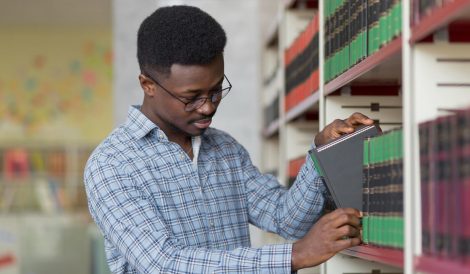Holistic education is an approach to education that seeks to develop the whole child, not just their academic skills. This includes their physical, emotional, social, and spiritual well-being. Holistic education is based on the belief that all aspects of a child’s development are interconnected and that they all play a role in their overall success.

There are many ways to transform education for holistic student development. Some of these include:
- Personalizing learning. Holistic education recognizes that each child learns differently and at their own pace. Personalized learning allows students to learn in a way that is most effective for them.
- Using experiential learning. Experiential learning is a type of learning that occurs through hands-on experience. This can be a very effective way for students to learn and develop their skills.
- Focusing on social-emotional learning. Social-emotional learning is the process of developing the skills and knowledge necessary to understand and manage emotions, build relationships, and make responsible decisions. This is an essential part of holistic education, as it helps students to thrive in all areas of their lives.
- Promoting mindfulness. Mindfulness is the practice of paying attention to the present moment without judgment. This can be a very helpful tool for students to manage stress, improve focus, and develop self-awareness.
- Creating a supportive environment. A supportive environment is one where students feel safe, respected, and valued. This is essential for holistic education, as it allows students to take risks and learn without fear of failure.
Transforming education for holistic student development is a complex and challenging task, but it is one that is essential for preparing students for the 21st century. By focusing on the whole child, we can help students to reach their full potential and contribute to a better world.
Here are some specific examples of how holistic education can be implemented in schools:
- A school might offer a variety of extracurricular activities, such as sports, clubs, and arts programs, to help students develop their interests and talents.
- A school might also have a focus on social-emotional learning, teaching students how to manage their emotions, build relationships, and make responsible decisions.
- A school might also incorporate mindfulness practices into the curriculum, such as yoga or meditation, to help students develop self-awareness and relaxation skills.
- Finally, a school might create a supportive environment where students feel safe, respected, and valued, regardless of their background or abilities.
Holistic education is not a one-size-fits-all approach. The specific practices that are implemented will vary depending on the needs of the students and the community. However, the goal of holistic education is always the same: to develop the whole child and prepare them for success in life.





I really enjoyed this post. Very exciting article!! Lorem ipsum is dummy text used in laying out print, graphic or web designs.